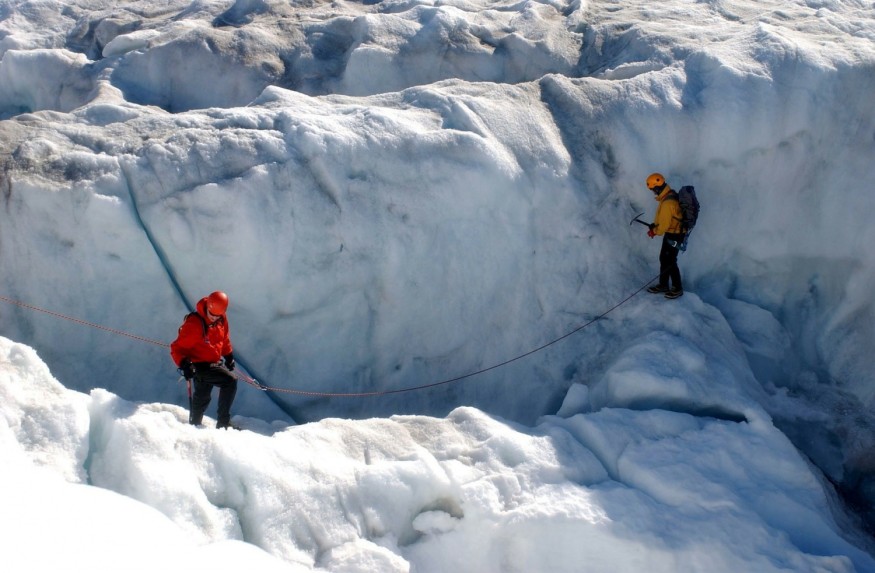
Greenland's sheet has lost almost four trillion metric tons of ice - increasing global sea levels by 10.6 millimeters - since 1992. The sheets accelerated fast since the 1990s and shed more than seven times as much ice each year, according to research.
The rate of ice loss in Greenland increased from 33 billion tonnes per year in the 1990s to 254 billion tonnes per year in the last decade - a seven-fold increase within three decades, according to the findings recently published in Nature.
The study, headed by Andrew Shepherd of the University of Leeds and Erik Ivins of National Aeronautics and Space Administration's (NASA's) Jet Propulsion Laboratory in California, was backed by the European Space Agency (ESA) and the US NASA.
The Intergovernmental Panel on Climate Change (IPCC) predicted in 2013 that global sea levels would rise by 60 centimeters by 2100 - placing more than 300 million people at risk of yearly coastal flooding.
However, the new study reveals that Greenland's ice losses are growing faster than expected and are instead tracking the IPCC's high-end climate warming scenario, which predicts 7 centimeters more.
"[Around] six million people are exposed to coastal flooding [worldwide] for every centimeter [increase] in global sea level," Shepherd said. Shepherd explained that Greenland ice melting - on current trends - will cause 100 million people to be flooded each year by the end of the century, resulting in a total of 400 million due to all sea-level rise.
"These are not unlikely events or small [results]; they are [occuring] and will be [disastrous] for coastal communities," Shepherd said.
The researchers used localized climate models to prove that half of the ice losses were because of surface melting as air temperatures have increased. The other half has been due to added glacier flow, which is triggered by rising ocean temperatures.
Ice losses topped at 335 billion tonnes per year in 2011, which is ten times the rate of the 1990s - during a phase of intense surface melting. The results remain seven times higher and do not include all of 2019, which could create a new high due to widespread summer melting. However, the rate of ice loss dropped to an average of 238 billion tonnes per year since then.
"Satellite observations of polar ice are [required] for monitoring and [forecasting] how climate change could [influence] ice losses and sea-level rise," according to Ivins.
"The satellite [measures present a] prima facie - rather irrefutable - evidence. Computer simulation, [on the other hand], allows us to project climate change scenarios," Ivins added.
The researchers said their study is a "great example" of the significance of international collaboration to discuss problems that are global in scale.
Guðfinna Aðalgeirsdóttir, Professor of Glaciology at the University of Iceland and lead author of the Intergovernmental Panel on Climate Change's sixth assessment report, said theat it is a timely initiative for IMBIE Team to reconcile the estimate of Greenland ice loss is timely for the IPCC.
"[The] satellite observations [unveil] that [Greenland's] melting and ice discharge increased since observations started," Aðalgeirsdóttir added. He noted the similar loss rate in Iceland's ice caps in the last two years of their record.
"However, [the previous] summer was [hot] here and [ended up] in a higher loss. I would [anticipate] a similar increase in Greenland mass loss for 2019," Aðalgeirsdóttir said.
He underscored the necessity to keep observing the big ice sheets to know how much they increase sea level every year.
© 2025 NatureWorldNews.com All rights reserved. Do not reproduce without permission.





